Step 1
"Ceremonies don't have to be the same everywhere."
Step 2
"It's all adiaphora."
Step 3
"God doesn't tell us how to worship."
Step 4
"Worship should appeal to the unchurched."
Step 5
"Yes, I'll accept the nomination for District President."






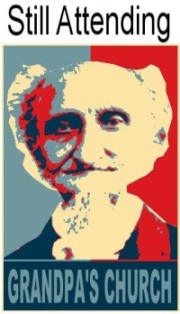










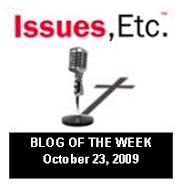

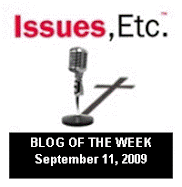
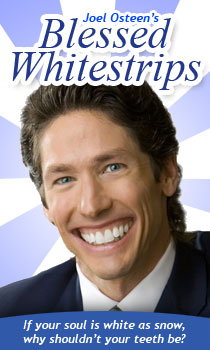

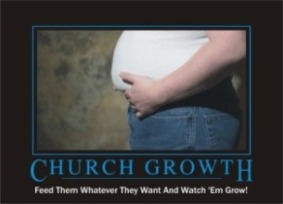

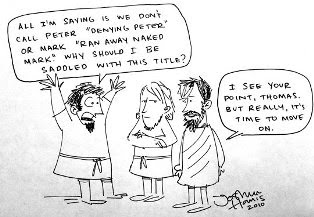
5 comments:
The truth is a pesky thing, isn't it?
Scott E. Jungen
Well, not all of us are of Germanic extraction. Why should we have to pretend that we are? Being a Lutheran is supposed to be defined by acknowledgement of the Symbols, which are universal, not by imitating the way the symbols were expressed in 16th Century Europe.
"...ecclesiastical rites are to be kept that can be observed without sin and are beneficial in the Church for peace and good order." Ap XV.1
The matter of sporting Germanic chromosomes, or perhaps not, is quite beside the point obviously. The fact is, the Lutheran Symbols are far less innovative than rightfully and proudly preservative, when it comes to ceremonies ... which things are elsewhere declared to be useful and desirable for the teaching of the people.
According to the Lutheran party, the valued ceremonies and traditions of the Church were grossly abused when their performance became deemed as something essential for the securing of salvation; something hideously detracting from Christ's saving work and death. Melanchthon stoutly insists this instead, however: "No tradition was set up by the Holy Fathers for the purpose of meriting the forgiveness of sins, or righteousness." (Ap XV.13) What he is saying is that the Holy Fathers' intent and practices were compatible with the Lutheran spirit, and were to be retained wherever possible, when not corrupted and made incompatible with the Word.
One doesn't have to pretend about, or deny, one's prized DNA cache; one does have to recognize, however, that the Church embraces far more than those breathing oxygen to live, in the present moment. We are all one, dwelling in the Body of Christ. We can indeed be different in what we do, just as an eye is different functionally from a foot. But the Church also includes those fallen asleep in Jesus, who do have a continuing investment in how the Church behaves and confesses. St. Paul clearly indicates that even the angels ... angels!... have a curiosity about our practices inside the nave (1 Cor 11:10). Apostolic customs were not shaped by fads and customs of the culture, but more by an awareness of the truths transcending space, time and flesh.
Instead of disorder and Delphic ecstacy, St. Paul (like the Lutheran party) urged the church at Corinth to hold to a keen awareness of God's Presence (Christ) ... a large portion of chapter 11 is devoted to the Holy Supper, recall ... and of the observing angels. So then, under these extraordinary and grace-filled circumstances, we ask: does our ecclesial decorum, dress and worship chiefly reflect an interest in our comfort and "feeling high," or does it properly reflect the fear and love of the Most High, as Luther insisted with a most telling sense of priorities?
Does our worship truly reflect the Alpha and Omega who comes to provide us a foretaste of the Ageless Banquet, or an intrusion of the spirit of a dying Age?
Does our worship reflect the Evangelical Catholicity of St. Paul and Melanchthon, or the puerile premises of the protestants who prefer a Christ bodily locked up in heaven, a Christ who has to be shouted at and cajoled like He's Ba'al on vacation?
Your (unworthy) servant,
Herr Doktor
There's really nothing at all German about our liturgy. It has much more in common with the English Book of Common Prayer.
In tone and reverence, the traditional Lutheran liturgy is far more in keeping with Africa's reverent Augustine than America's frenetic Billy Sunday or Charles Finney.
The traditional worship rubrics and rites are very reminiscent of the very stuff you read occurring in the heaven of Revelation Chapter 4. In this illuminating context, recall that the Voice informs St. John the seer, from the start: "Come up hither, and I will show you things which must be hereafter (Rev 4:1)." Just a hunch, but I suspect that the earth's children of Adam (and their worship approach) just might be included in those marching orders.
You may as well be practicing that so-called "High Church" and "stiff" genuflecting, bowing and liturgics now, dear Lutheran brothers and sisters. You'll be doing a lot of it, with blessed Ss. John and Augustine ... eventually ... in the eternal hereafter.
Your (unworthy) servant,
Herr Doktor
Post a Comment